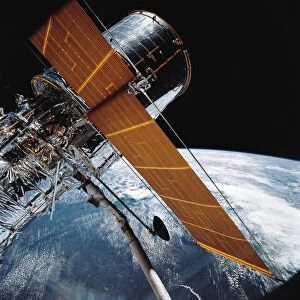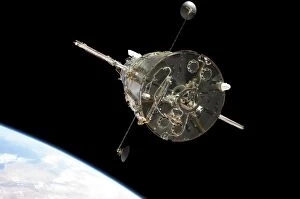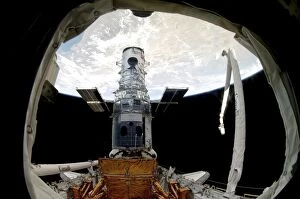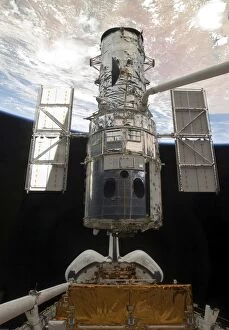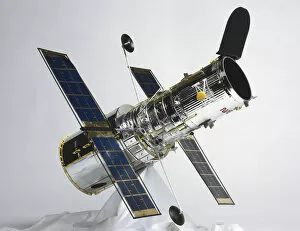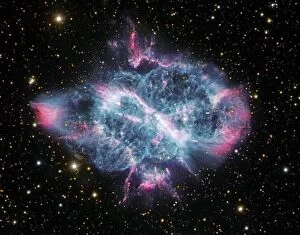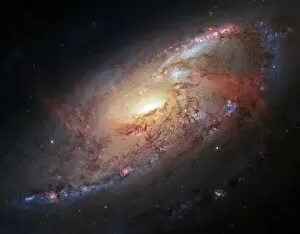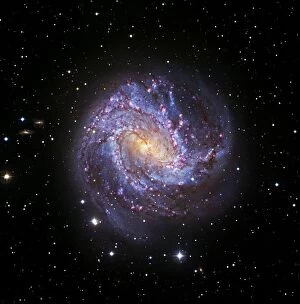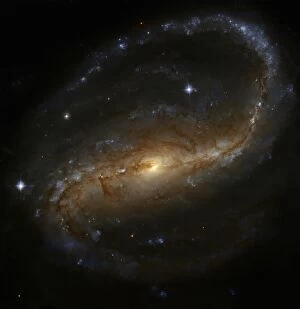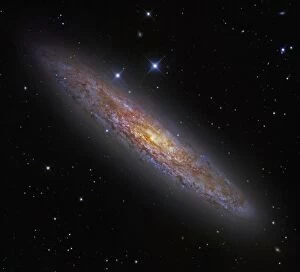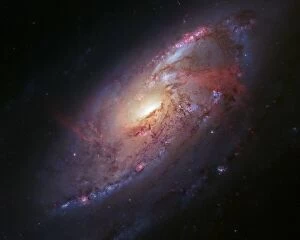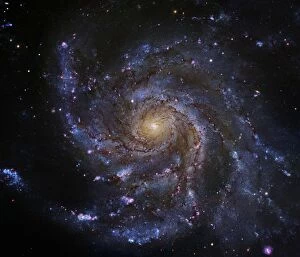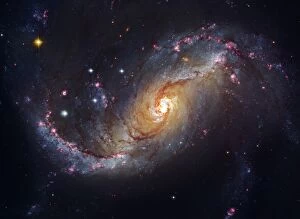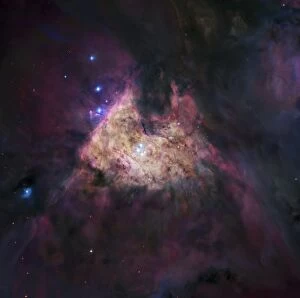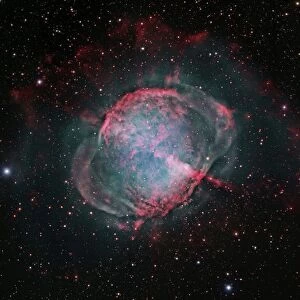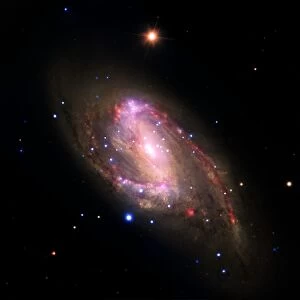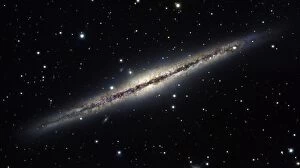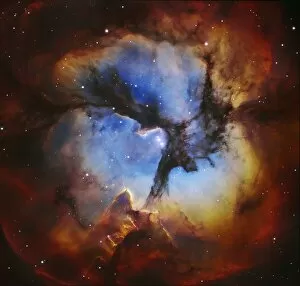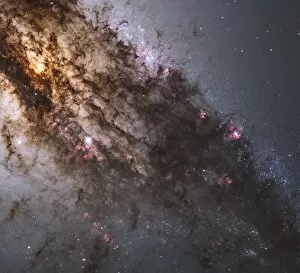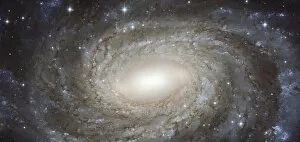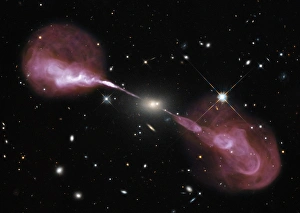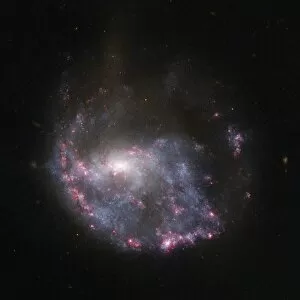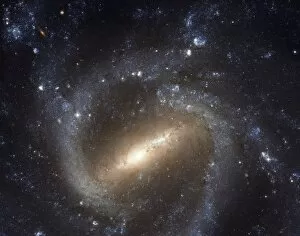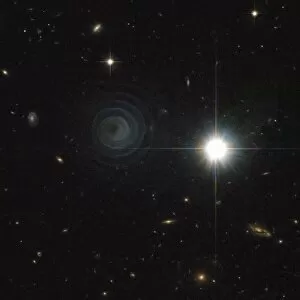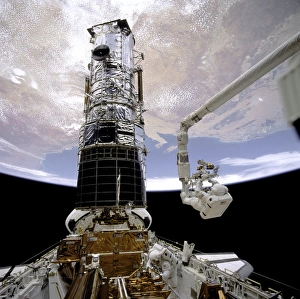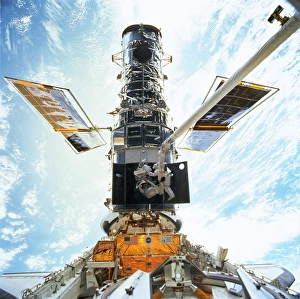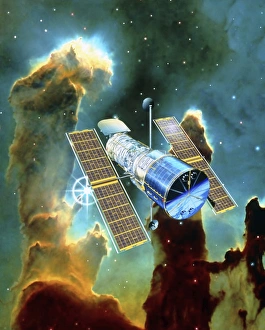Hubble Space Telescope Collection (page 3)
"The Hubble Space Telescope
All Professionally Made to Order for Quick Shipping
"The Hubble Space Telescope: Unveiling the Wonders of the Universe" Step aboard a journey through space as we explore the captivating images captured by the Hubble Space Telescope. In 2012, the telescope's lens focused on an area known as the Hubble Ultra Deep Field, revealing a breathtaking tapestry of galaxies scattered across billions of light-years. Among these celestial marvels is the mesmerizing Orion Nebula, where stars are born amidst swirling clouds of gas and dust. The iconic "Pillars of Creation" stand tall in this cosmic nursery, showcasing towering columns that give birth to new stellar life. Venturing further into space, we encounter Nebula Sh 2-106—a stunning image captured by HST—where vibrant hues dance among intricate patterns formed by interstellar gases. The M51 Whirlpool Galaxy beckons with its spiral arms gracefully intertwined with a smaller companion galaxy, creating a mesmerizing celestial ballet. The Sombrero Galaxy (M104) captivates us with its distinctive shape resembling an elegant hat perched delicately in space. Meanwhile, our gaze turns towards Crab Nebula (M1), witnessing remnants from a colossal supernova explosion that occurred centuries ago—an awe-inspiring testament to nature's power. Intriguingly named Cygnus Loop Supernova Blast Wave showcases shockwaves rippling through space following an ancient star's explosive demise. And how can we forget about the Amazing Crab Nebula? Its intricate filaments and pulsating heart leave us spellbound at every glance. As if taken straight out of science fiction novels, Antennae Colliding Galaxies presents a cosmic spectacle where two galactic giants collide and merge together in an epic display of celestial chaos. Lastly, Giant Twisters in Lagoon Nebula unveil immense storms brewing within this stellar nursery—a reminder that even within seemingly serene environments lies hidden turbulence waiting to be discovered.

